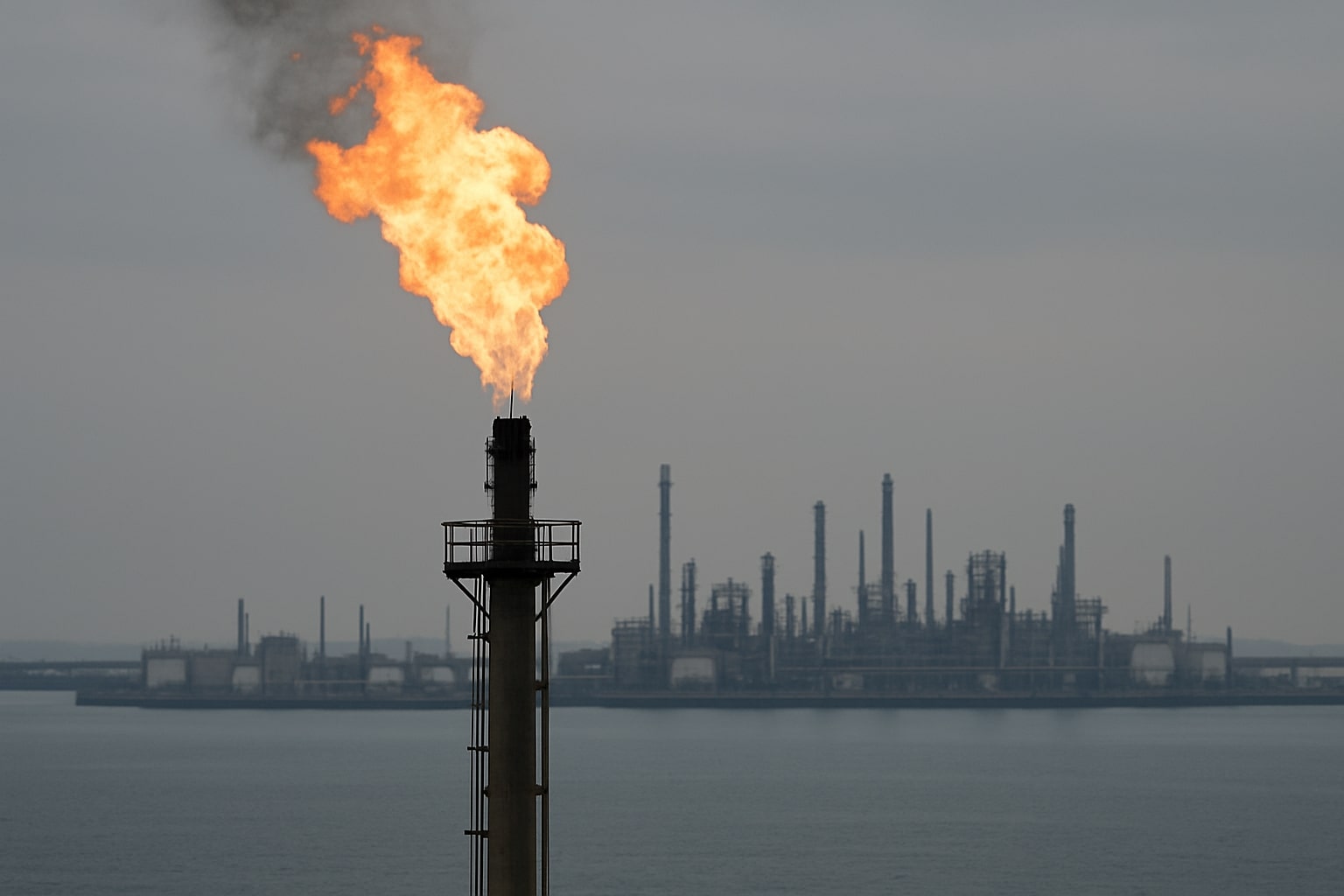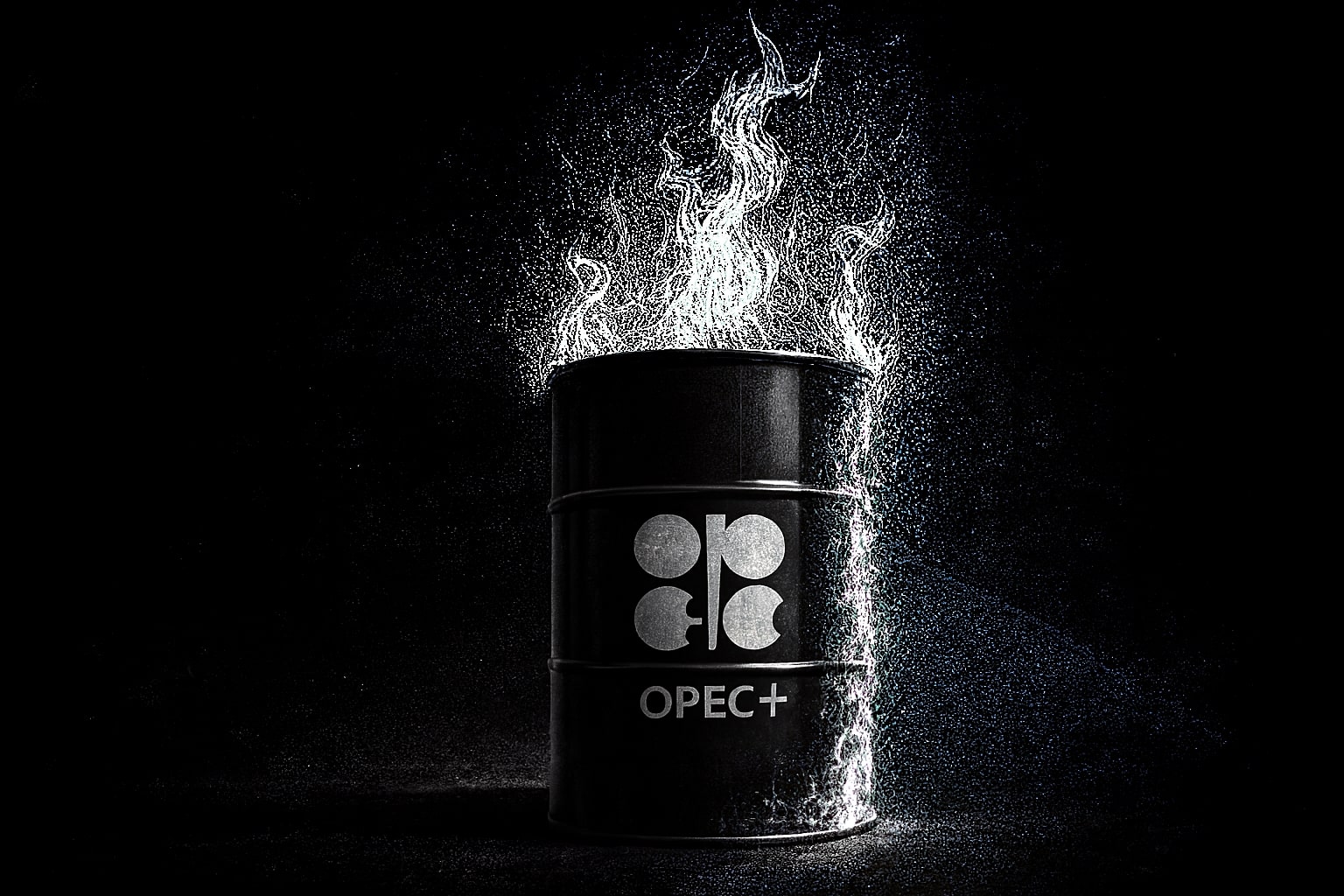Natural Gas (NG=F) Price Analysis: Supply Glut Meets Seasonal Shifts
Failed Breakout Leaves Sellers in Control
Natural Gas NG=F began the week testing resistance near $3.19, its highest level in 32 days, but momentum quickly faded. After climbing through the 50-day moving average at $3.12, sellers defended the late-July swing high and forced prices lower, closing in the bottom half of the session range around $3.11. That retreat signals exhaustion in the short-term uptrend, and if prices close back below the 50-day EMA, the failed breakout would reassert bearish control. Immediate downside risk targets last week’s low of $2.87, a level that previously validated the weekly bullish reversal.
Seasonal Patterns and Demand Outlook
The transition into autumn has historically brought weak demand periods, with the U.S. shoulder season limiting power burn as cooling demand falls before winter heating ramps up. October contracts roll on September 26, aligning with the period traders typically start positioning for winter. European energy buyers remain in focus, with $250 billion in projected U.S. energy imports over the next 12 months, much of it tied to LNG flows. This seasonal pattern suggests one more dip before the winter rebound gains traction.
Storage Path and Futures Positioning
Storage injections remain robust, with inventories projected to reach near 4.0 Tcf ahead of peak demand season. Futures have responded with volatility, but the latest NGI data shows optimism for a tighter balance heading into Q4. Monday’s rebound reversed Friday’s losses and kept prices above the $3 handle, but the market still reflects fragile conviction. Traders eyeing storage are watching whether injections ease earlier than anticipated, which would strengthen the bullish case into November.
Global LNG Demand Adds Tailwinds
International demand continues to reshape the backdrop for NG=F. U.S. LNG export flows stood at 15.78 million Dth on September 8, down slightly from 16.45 million Dth the prior day but still near record highs. Facilities including Sabine Pass, Cameron, Freeport, and Calcasieu Pass are running close to capacity. Asian buyers, led by China, increased spot purchases while Norway cut exports for maintenance, adding upward pressure on global benchmarks JKM and TTF. With Europe’s storage near 90% but winter hedging continuing, LNG demand is expected to absorb U.S. supply at elevated levels, providing a floor to Henry Hub-linked pricing.
Technical Levels Driving Price Action
Near-term resistance sits firmly at $3.19–$3.20, where recent rallies have failed. Breaking this barrier with volume could send prices toward $3.40, but each rejection strengthens the bearish case. Support holds at $2.87, with a breakdown exposing $2.50 as the deeper downside target. The weekly chart still shows a constructive higher-high and higher-low pattern above $3.02, but the wide engulfing candle formed in August leaves room for volatility swings before any sustainable uptrend emerges.




















